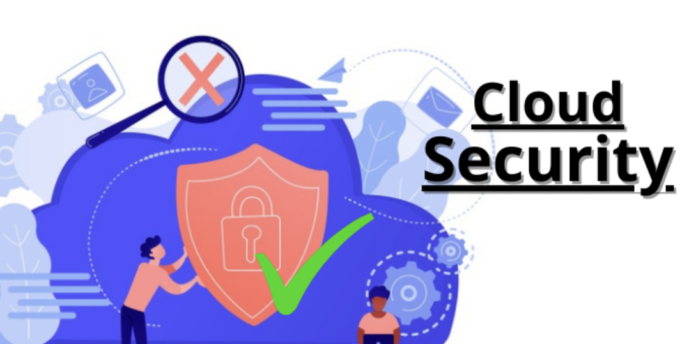Over the past few years, organizations across the globe have undergone digital transformations. The rising popularity of remote work and the importance of digital transformation have made cloud services a necessity for many businesses. With Saas apps and other tools, employees are now accessing corporate data primarily sensitive from their own devices. Therefore, organizations now have less control over data. Consequently, it further gives rise to cloud security threats.
Incorporating successful digital transformation requires not only digitization but also protecting sensitive data. The wide adoption of cloud security solutions comes from its numerous benefits, including improved cybersecurity compared to other on-premise systems. However, like any digital tool and service, cloud services come with their share of vulnerabilities and threats. Here are the top cloud security threats and ways to mitigate them.
1. Data Loss
The USP of cloud services includes their shareability and collaboration features. It makes the data easily accessible to the internal employees and, sometimes, to external third parties too. Even though accessibility is a pro, it also becomes a disadvantage when it is not adequately monitored. Furthermore, many people forget to perform regular backups due to time and effort constraints. These factors can result in data loss for companies using cloud services. It also makes the top cloud security concerns for cybersecurity professionals.
It is possible to mitigate the problem by performing thorough backups. Secondly, cloud-based SIEM can provide an additional layer of data as it ensures the intactness of the raw copies of the data.
2. Unauthorized Data Access
With a link, one can easily share data on cloud services. As a result, unauthorized access is a massive problem for cloud security. Consequently, misuse of employee credentials and improper access control has become significant cloud security threats.
Thankfully, this issue is easy to tackle with minor changes. A data governance framework for user accounts can prevent unauthorized access. Furthermore, numerous third-party tools are available in the market that help monitor accessibility. For example, a change in the IP Address, which you can check on What Is My IP, should alert the IT team for proper surveillance in the network system. In addition, two-factor authentication for logging into an account should be encouraged.
3. Misconfigurations
Misconfigurations result from giving employees excessive permission, keeping unused accounts and enabling high-sharing settings. In addition, keeping the default settings unchanged of a tool or service can also give way to misconfigurations. Other risk factors of misconfiguration include disabling encryption and standard security controls.
It is possible to mitigate the issue of misconfigurations through the establishment of baseline configurations. A monitoring system also helps detect suspicious changes, allowing prompt investigation. Lastly, the users who hold the permissions require a regular review.
4. API Vulnerabilities
Cloud applications maintain their interaction through Application Programming Interfaces or APIs. Sadly, the APIs are not very secure. Therefore, it is easy for attackers to exploit insecure APIs to their advantage. Most of such attacks take the form of DoS attacks and code injections. Irrespective of the method, both these attacks can hand over access to the company data to the attacks. Therefore, it is essential to fix the API vulnerabilities to take care of the company data.
In order to stay safe from API vulnerabilities, a proper review of the logs from the APIs your organization uses is a must. In addition, firms should also introduce centralized cloud monitoring. It is because a vast number of APIs under the same roof makes everything complicated, especially when it requires monitoring. A centralized cloud monitoring solution increases the efficiency of monitoring many APIs from a single platform.
5. Account Hijacking
Account hijacking results in stealing credentials from the company, which the attacker can use for different purposes, such as to access sensitive data. It is possible to hijack accounts by cracking passwords, phishing emails and more.
You can mitigate account hijacking through proper access control. Besides, the firms should encourage employers to opt for multi-factor authentication and explain the importance of strong passwords. Other ways to avoid it include monitoring user behavior and revoking excessive access rights to sensitive data. Furthermore, the administration should delete all stale or unused accounts. Lastly, third-party access should be controlled.
Waiting for a cyberattack to happen before taking precautionary measures is never the answer. All businesses require proactive actions to mitigate cyberattacks. Standard solutions to mitigate cloud security threats apart from the ones mentioned above include regular software updates, encrypted passwords and due diligence of the security standards.


